Want to know what freelancing apps are available to help with your business?
Lately, I’ve been diving deep into the world of freelancing apps, and let me tell you, I’m having fun using these apps!

But this year in particular, these apps aren’t just a nice-to-have; they’re a must-have.
I mean, with the freelance industry booming, we need all the help we can get to stay on top of our game, right?
That’s where these apps come in.
They help us juggle multiple projects, track our time, and even find new clients.
So, if you’re looking to streamline your freelance life and stay ahead of the curve, you’re in the right place.
Let’s dive into the best freelancing apps and see how they can help us grow our business.
Project Management and Collaboration Freelance Apps
When it comes to keeping our freelance projects on track, we need tools that are as flexible and dynamic as we are.
That’s where project management and collaboration apps like Asana, Trello, and Notion come in.
They help us stay organized and connected, no matter where we are or what we’re working on.
Let’s look at them a bit more in detail.
First up, we’ve got Asana
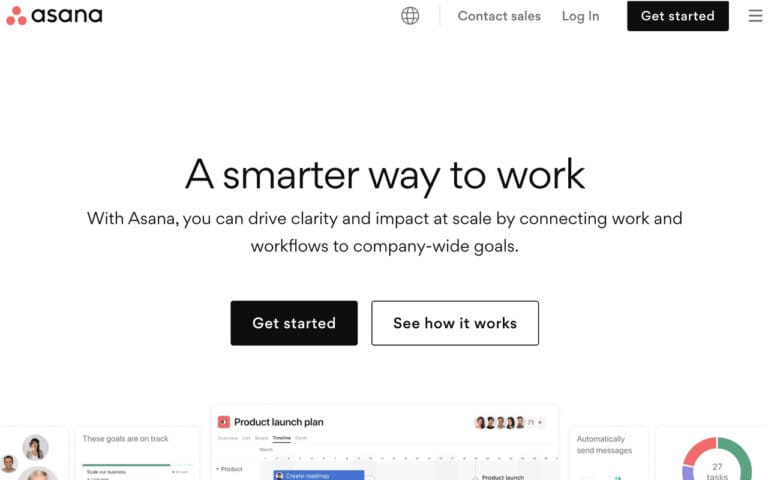
This app is a lifesaver for managing tasks and keeping our projects humming along smoothly.
With Asana, you don’t have to worry about keeping your freelance business organized. Asana helps you!
It’s not just about keeping tasks in line; it’s about creating a whole ecosystem for your work.
Imagine setting up a digital office, a workspace where everything – from projects to clients – comes together seamlessly.
You can have separate workspaces for different clients, keeping everything organized and private.
But what’s great is that you can craft your freelance workflow in Asana.
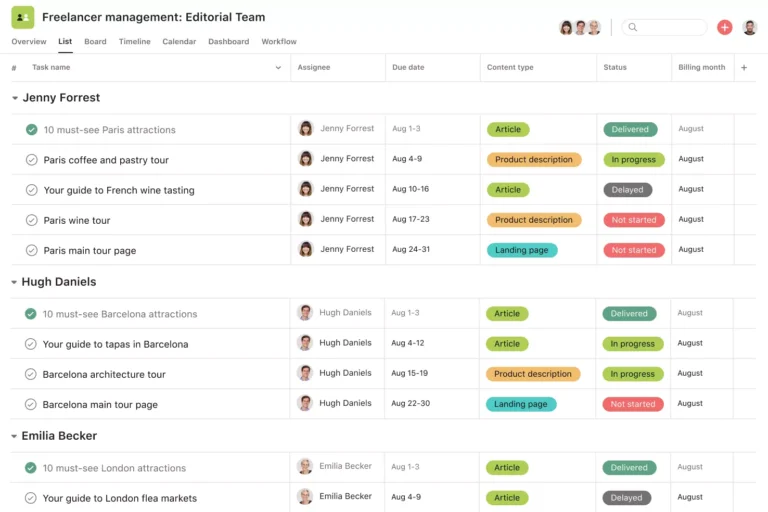
It’s like building a custom-made productivity engine.
You create a project for each client or service you offer, like “Content Writing for XYZ” or “Social Media Management.”
This way, you have a dedicated space to organize all the work for that client or service type.
Then, you break down each project into tasks, adding due dates and assigning them to yourself or collaborators.
You add comments with objectives, requirements, and links, and attach any relevant files.
For complex tasks, you create subtasks and establish dependencies, so due dates adjust automatically.
Then there’s Trello
If you’re a visual person like me, you’re going to love Trello.
I’ve been using it for almost a decade.
With Trello, you’re the master of your projects, organizing them onto boards filled with lists, cards, and checklists.
It’s not just for the big players; it’s perfect for you freelancers who are just starting out or working in small teams.
When you first start using Trello in your business, you might find yourself with clients coming out of your ears (a great problem to have!), but swamped with work.
You need to keep marketing your brand, but where’s the time?
That’s where Trello comes in.
You sign up, add a couple of team members to handle the marketing, and bam!
Your business runs smoothly in the background while you focus on client work.
The peace of mind that comes from seeing your team’s progress on the Trello board is priceless.
It’s like having a bird’s-eye view of your business, knowing that everything is under control.
Excited about using Trello?
It’s a game-changer for managing your freelance business and keeping your productivity on track.
Then there’s the lovely Notion
Notion offers endless possibilities to customize and streamline your work.
From building websites to managing projects, Notion has got you covered.
I’ve started using Notion for my freelance business as I’m working on scaling it and landing more clients.
But, it’s best to help you manage your client work.
First off, get to know your database views.
Notion offers a bunch of different views, but popular ones are the table and calendar views.
The table view gives you a detailed look at your projects, including client names, due dates, progress, and cost.
The calendar view, on the other hand, gives you a monthly overview of your work, helping you prioritize tasks and manage your time so you don’t miss any deadlines.
Now, let’s talk about customizing your columns.
You can add as many as you want, but you can stick to the eight essentials that freelancer Komal Ahuja uses.
If you don’t need a column, just delete it by clicking on the title and selecting “Delete property.”
Here’s a breakdown of what each column is for:
- Topic: Keeps track of what you wrote and for whom, making it easy to find samples when you need them.
- Client: Add new clients as part of your onboarding process, and then easily select them from a dropdown box for future projects.
- Assigned to: Handy if you work with subcontractors, this column lets you see who’s working on what.
- Due date: Set due dates for each project, and even add reminders to make sure you deliver on time.
- Status: Break down each project into stages and update the status as you progress.
- Done: A simple checkbox to mark off completed articles.
- Links: Include clickable links to the live project for easy tracking and sharing.
- Amount: Track your income without switching apps. You can even change the currency to suit your needs.
By setting up your Notion client database this way, you’ll have a powerful tool to manage your freelance projects and keep your business running smoothly.
Time Tracking and Productivity Freelance Apps
Ever feel like you’re juggling a million things at once?
I know I am!
One minute you’re the marketing guru, the next you’re negotiating deals, then you’re playing customer service rep, and oh, let’s not forget about being the project manager too.
It’s like wearing all the hats for your freelance business ALL THE TIME.
And while we’re masters of multitasking, sometimes it feels like there just aren’t enough hours in the day.
That’s where time tracking and productivity apps come in.
These little freelance apps keep track of our time, stay focused, and manage all those different roles we play.
Let’s check them out.
Learn about Toggl
Here’s one thing I struggle with when I write for clients: estimating project time.
I just have too many distractions going on!
You’ve got to consider how long each task will take, and then there’s always the chance of those pesky delays popping up.
Being realistic with your estimates is key.
You don’t want to find yourself in a time crunch because you were too optimistic.
And when it comes to hourly-based projects, you’ve probably got a go-to formula: time estimate multiplied by your hourly rate equals your quote.
But here’s where Toggl comes in to save the day.
With Toggl, you can track your time down to the minute, so you’ll have a clear picture of how long tasks actually take.
This means you can make more accurate estimates and quotes for your clients.
No more guesswork, just smooth sailing.
And what’s great about timing your work is that you will actually be more productive!
At least I am knowing that I’m being timed!
Let’s talk about the new kid on the block: Strut
Strut, the all-in-one AI workspace designed just for freelance writers.
It’s like having a personal assistant that gets your writing process, combining all the tools you need to capture projects, notes, drafts, and more in collaborative workspaces powered by AI.
Say goodbye to writing chaos!
I started noticing this tool on LinkedIn and Twitter and decided to see what it’s all about.
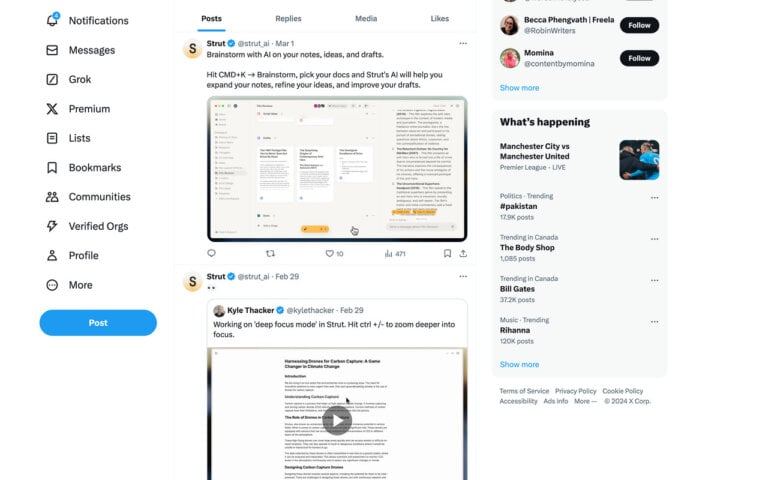
I’m still not well-versed in this tool but from the videos, it looks pretty neat.
With Strut’s drag-and-drop organization, you can keep your notes, drafts, and outlines in check.
No more digging through files or getting lost in a sea of tabs *raises hand.
Strut organizes your writing process for you, so you can focus on what you do best: creating amazing content.
But here’s the real game-changer: Strut’s AI is designed to collaborate with writers like you.
It’s not about generic content or compromising quality.
Strut works alongside you to help you create great work.
And with powerful AI Commands, you can skip the headache of learning complicated prompts.
Need to brainstorm ideas, generate outlines, review content, or repurpose old pieces?
Strut’s got you covered.
Try it for yourself!
They need people to try it and give feedback to help improve the freelance app.
Invoicing Freelance Apps
Every freelance businesses needs invoicing apps to run smoothly.
I know, I know, it might not be the most exciting part of our work, but it’s super important.
And guess what? There are some fantastic apps out there that can make this whole process a breeze.
Let’s check them out!
The first is Freshbooks
With FreshBooks, you can create professional-looking invoices in just a few clicks, and keeping track of your expenses is a piece of cake. Plus, you can see exactly where your money is going, which is always a good thing, right?
Not only does it help you send invoices and receive payments, but it also saves you a bunch of money on invoicing fees.
Plus, it’s got a nifty time-tracking feature that lets you see exactly how long you’re spending on each project.
Here’s the lowdown on how FreshBooks can help you manage your business more efficiently:
- Track Your Time: Whether you’re billing hourly or just want to keep an eye on how long tasks take, FreshBooks has got you covered. With its easy-to-use app, you can start and stop timers for each client and project, making sure you’re getting paid for every minute.
- Get Paid on Time: We’ve all been there – the dreaded unpaid invoice. FreshBooks helps you set clear payment terms and even adds interest for late payments, increasing your chances of getting paid on time.
- Manage Your Payments: Keeping track of who owes you what can be a headache. FreshBooks makes it a breeze to see who’s paid, who’s late, and who you need to send a gentle reminder to.
- Keep Tabs on Expenses: That Quizno’s Classic Italian Salad you eat every day while writing? They’re tax-deductible. FreshBooks lets you track all your business expenses, so you’re ready come tax time.
- Customize Your Invoices: Add a touch of professionalism to your invoices with your logo, custom colors, and a friendly thank-you note. It’s all about making a good impression and getting paid faster.
- Streamline Proposals and Pitches: FreshBooks makes it easy to create custom proposals and pitches that look great and help you win more business. Plus, with online approval and eSignatures, you can seal the deal right from the app.
- Automate Recurring Invoices: If you have clients on retainer or regular monthly projects, FreshBooks can automate your invoicing process. Set up recurring invoices once, and let the software handle the rest. This means less time spent on administrative tasks and more time for writing.
- Access Financial Reports: With FreshBooks, you can easily generate a variety of financial reports, such as profit and loss statements, expense reports, and tax summaries. These insights can help you make informed decisions about your business, track your growth, and identify areas for improvement.
Next is Wave
Wave is an online invoicing software that’s 100% free for both you and your clients.
It’s designed to make invoicing professional and straightforward.
No more tacky, googled invoice templates!
Wave allows you to create sleek, branded invoices in no time.
And the best part?
It’s super easy to set up.
Just sign up with your email, add your company info and logo, and you’re ready to start invoicing.
But that’s not all. Wave also helps you track your income and expenses, all in one place.
And when tax season comes around, Wave makes it fast and simple, helping you discover additional tax incentives to keep more of your money.
Now, you might be wondering, how does Wave make money if it’s free for you and your clients?
Well, they offer the option for clients to pay directly through their website with a credit card or bank transfer.
They charge a small fee for this service, similar to credit card or PayPal fees.
But here’s a pro tip: you can avoid these fees by specifying your preferred payment options on your invoice, like checks or PayPal.
This way, you get paid quickly and directly, without any extra charges.
Wave’s freelance accounting software is cloud-based, so you can access your account and business information from anywhere, whether you’re in your pajamas at home or on the go. It’s all about giving you the flexibility to run your business your way.
So, if you’re looking for a way to streamline your invoicing and financial management, give Wave a try.
Freelancing Apps and Tools for You
There ya go!
Let me know if you’re tried any of these apps for your freelance business!

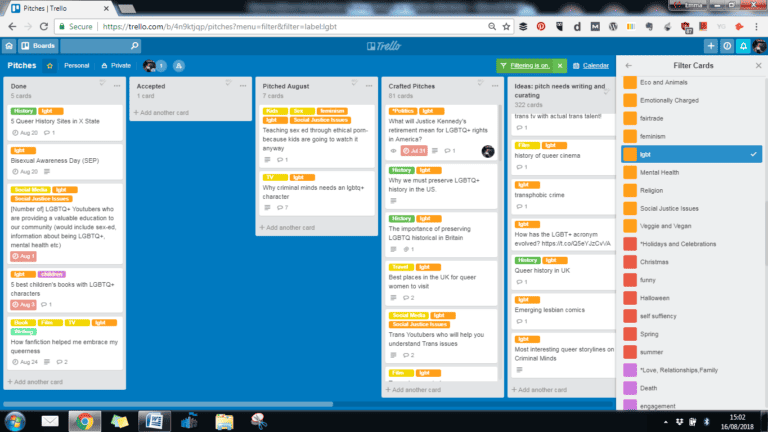
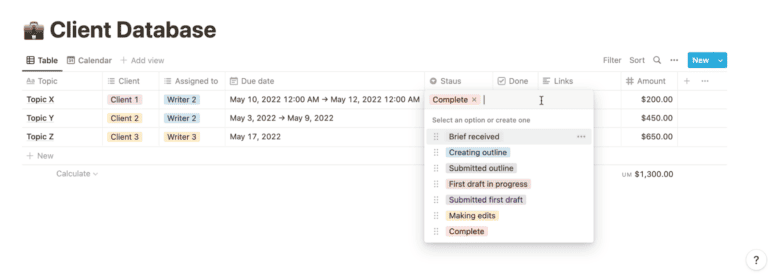
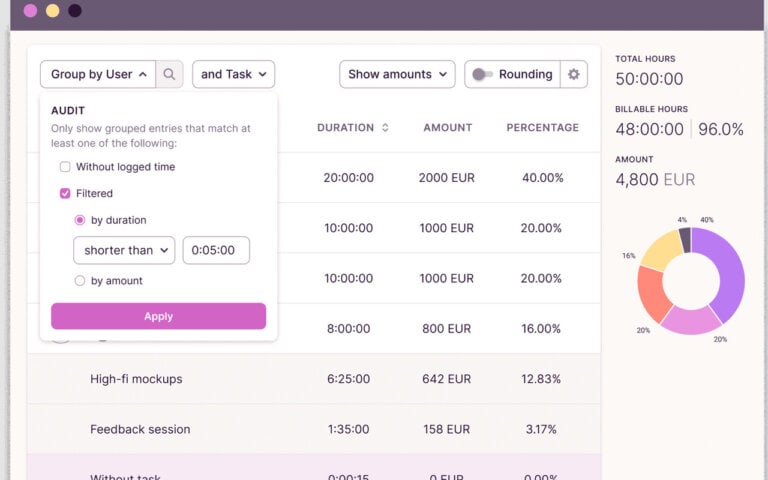
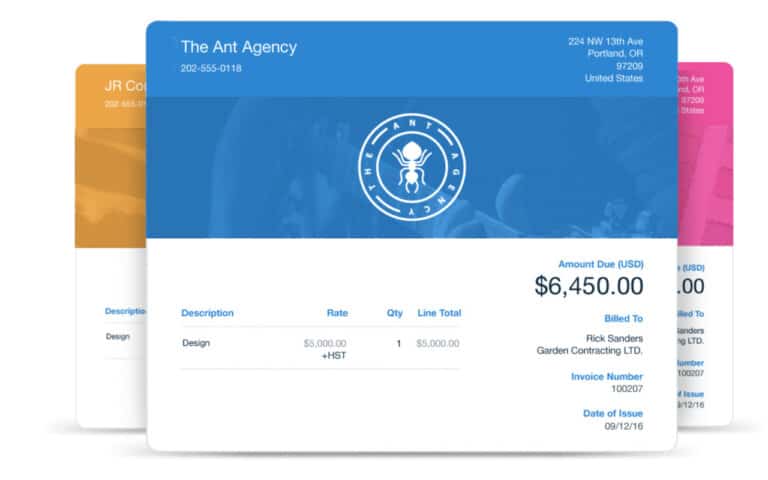
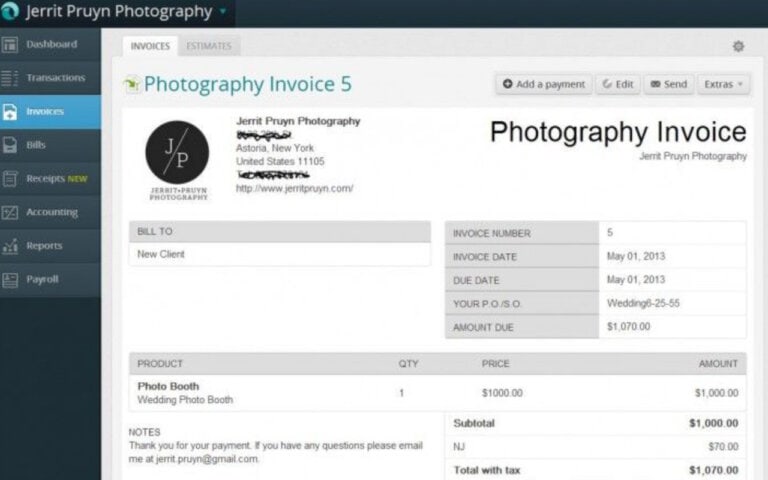



Leave a Reply